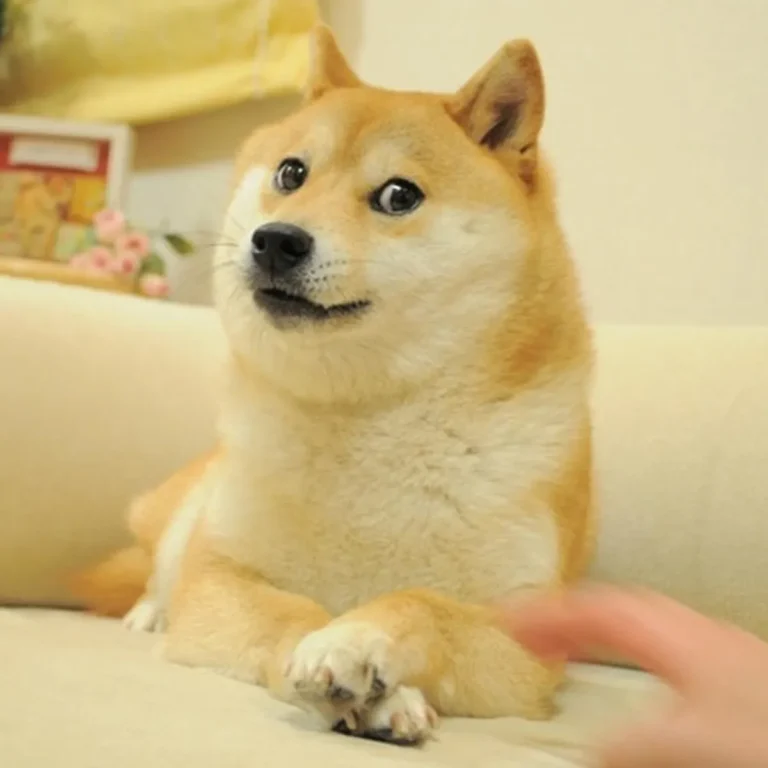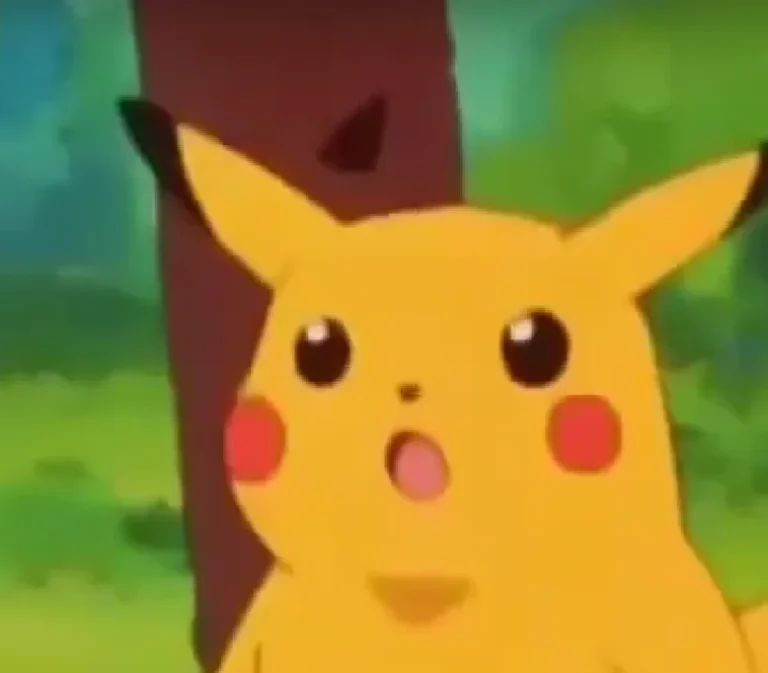The history of memes
The History of Memes: From Cultural Genes to Internet Phenomena
The History of Memes: From Cultural Genes to Internet Phenomena
Origins of the Meme Concept
The concept of the meme predates the digital age by several decades and originates in the field of evolutionary biology. Richard Dawkins first coined the term in his seminal 1976 book The Selfish Gene. Dawkins described a meme as a “unit of cultural transmission” or “a unit of imitation.” In his framework, memes are analogous to genes, functioning as replicators of cultural ideas, behaviors, and symbols. Examples include melodies, fashion trends, and catchphrases. Dawkins’ central thesis was that cultural evolution, like biological evolution, operates through replication, variation, and selection. Memes are the cultural equivalent of genes, spreading by imitation and subject to evolutionary pressures.
The term itself derives from the Greek word mimeme, meaning “imitated thing.” Dawkins shortened it to “meme” to mirror the monosyllabic nature of the word “gene.” This linguistic choice also underscores the analogy between biological and cultural evolution. Dawkins’ concept emphasized that memes, like genes, could spread, mutate, and compete for survival within cultural ecosystems.
Although Dawkins introduced the modern terminology, the idea that cultural elements could evolve and spread is not entirely novel. For instance, T.H. Huxley in the 19th century remarked on the parallels between the intellectual world and biological competition. Similarly, Richard Semon, in his 1904 book Die Mneme, explored the notion of cultural inheritance, which he referred to as mneme. These precursors laid the groundwork for Dawkins’ synthesis, which crystallized the idea into a coherent framework.
Defining Memes and Their Mechanisms
Dawkins defined memes broadly, encompassing any cultural entity that can be transmitted through imitation. This includes:
- Ideas and Beliefs: Religious doctrines or philosophical concepts.
- Behaviors: Rituals, customs, or gestures.
- Artifacts: Technological innovations or architectural styles.
For a meme to succeed, it must exhibit three qualities:
- Fidelity: The ability to be accurately replicated.
- Fecundity: The capacity to spread widely.
- Longevity: The endurance of the idea or behavior across generations.
Memes replicate through various channels, including speech, writing, and media. They mutate as they pass between individuals and communities, resulting in cultural evolution. Some memes persist due to their utility or resonance, while others fade into obscurity. The process is remarkably similar to the natural selection of genes in biological systems.
The Advent of Internet Memes

The internet revolutionized meme culture by providing a global platform for rapid dissemination and transformation. The term “Internet meme” was first coined by Mike Godwin in 1993, who observed how ideas spread through early online communities like Usenet and email chains. Unlike traditional memes, which evolve over decades or centuries, internet memes can achieve virality within hours.
The defining characteristics of internet memes include:
- Visual and Textual Formats: Memes often combine images, text, and videos.
- Rapid Adaptation: Internet memes are frequently remixed, parodied, and repurposed.
- Global Reach: Social media platforms like Instagram, TikTok, and Twitter enable memes to transcend cultural and linguistic boundaries.
Some of the earliest internet memes, such as “Dancing Baby” (1996) and “All Your Base Are Belong to Us” (2001), showcased the internet’s potential to amplify humor and creativity. These early examples paved the way for today’s highly diverse meme ecosystem.
Cultural and Social Significance

Memes serve multiple roles in modern society:
- Humor and Entertainment: Many memes are designed to amuse and engage audiences, providing a brief respite from daily routines.
- Social Commentary: Memes often encapsulate complex social or political critiques in accessible formats. For example, the “Pepe the Frog” meme has been used in both benign and controversial contexts.
- Community Building: Memes act as in-jokes within specific online communities, fostering a sense of belonging and shared identity.
- Marketing and Branding: Companies leverage memes to create relatable and engaging content, reaching younger audiences in particular.
One of the most notable examples of meme-driven culture is the phenomenon of “meme stocks,” such as GameStop in 2021. Online communities on platforms like Reddit used memes to mobilize collective action in financial markets, demonstrating memes’ potential to influence real-world outcomes.
Create your own memes
Alter the tekst on the most populair memes of all time with our free meme generator.
The Lifecycle of Memes
Memes often follow a lifecycle similar to the epidemiological SIR (Susceptible-Infectious-Recovered) model. They experience:
- Emergence: A meme is created, often inspired by current events or pop culture.
- Propagation: The meme spreads rapidly across social media platforms.
- Saturation: Overexposure leads to diminishing novelty.
- Decline: The meme fades, replaced by newer trends.
However, some memes exhibit remarkable longevity by evolving and adapting. For instance, “Rickrolling,” which began as a bait-and-switch prank in 2007, remains relevant through continuous reinvention.
Despite their popularity, memes have faced criticism from both cultural theorists and scientists:
- Scientific Rigor: Critics argue that memetics lacks empirical validation, unlike genetics, which is grounded in molecular biology.
- Oversimplification: Memes often reduce complex ideas to simplistic, shareable formats, potentially trivializing important issues.
- Ethical Concerns: The spread of harmful or misleading memes, such as those used for propaganda or disinformation, raises questions about accountability.
Additionally, as memes become intertwined with corporate and political agendas, concerns about authenticity and manipulation have grown. Memes are now both tools of expression and instruments of influence, blurring the line between organic cultural phenomena and strategic campaigns.
Memes as Evolutionary Drivers of Culture

The role of memes extends beyond entertainment. They are pivotal in shaping modern culture, acting as evolutionary drivers of societal norms and values. By enabling rapid dissemination of ideas, memes contribute to the acceleration of cultural trends and the formation of collective identities. For example:
- Political Movements: Memes have been instrumental in mobilizing grassroots campaigns, as seen during the Arab Spring and the Black Lives Matter protests.
- Global Crises: During the COVID-19 pandemic, memes provided humor, solidarity, and critical commentary, helping people cope with uncertainty and fear.
- Youth Culture: Memes are deeply embedded in Gen Z and millennial cultures, influencing language, fashion, and even mental health discussions.
The Future of Memes

As digital technology evolves, so too will memes. Emerging trends include:
- NFTs (Non-Fungible Tokens): Memes are being transformed into digital assets, allowing creators to monetize their work. This shift could redefine the value and ownership of cultural artifacts.
- AI-Generated Memes: Artificial intelligence tools are increasingly capable of producing memes tailored to specific audiences. These tools have the potential to democratize meme creation while raising questions about originality and authenticity.
- Cross-Cultural Memes: The globalization of the internet ensures that memes will continue to blend and adapt across diverse cultures, creating new forms of hybrid cultural expression.
- Virtual Reality (VR) and Augmented Reality (AR): As VR and AR technologies become mainstream, memes are likely to evolve into immersive experiences, engaging users in entirely new ways.
Some theorists, like Susan Blackmore, predict that memes will become central to understanding human cognition and culture. Others, like Richard Dawkins, remain cautious but optimistic about the potential of memes to illuminate the processes underlying cultural evolution.
Memes and the Scientific Community
The study of memes, known as memetics, has sparked both interest and controversy within academia. While some researchers view memetics as a promising framework for analyzing cultural phenomena, others criticize it as overly simplistic or reductionist. Key debates include:
- Empirical Validation: Unlike genes, memes lack a clear physical medium, making them difficult to study quantitatively. Advances in neuroimaging and data analytics, however, may provide new tools for memetic research.
- Interdisciplinary Approaches: Memetics intersects with fields such as sociology, psychology, linguistics, and media studies, offering diverse perspectives but also complicating theoretical coherence.
- Ethical Implications: The power of memes to shape public opinion and behavior raises questions about their ethical use in areas like marketing, politics, and education.
Conclusion
From their origins in evolutionary biology to their dominance in internet culture, memes represent a fascinating intersection of humor, creativity, and communication. They offer insights into human behavior, social dynamics, and cultural trends, evolving alongside the very platforms that propagate them. As memes continue to shape and reflect our world, their study promises to remain a vital and dynamic field of inquiry. The story of memes is far from over; it is a living narrative that adapts and grows with each new technological and cultural shift.
Call to Action
Lorem ipsum dolor sit amet, consectetur adipiscing elit. Ut elit tellus, luctus nec ullamcorper mattis, pulvinar dapibus leo.






